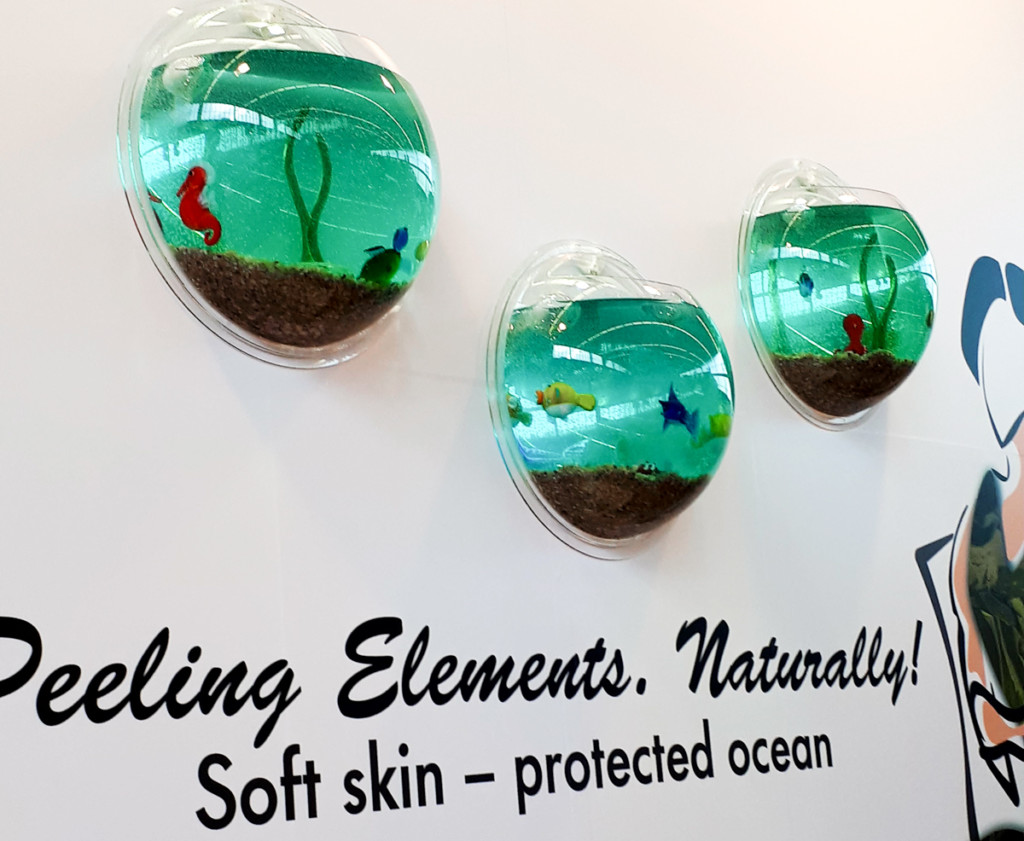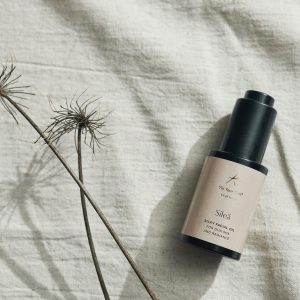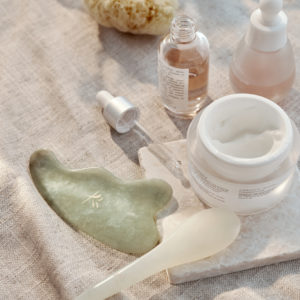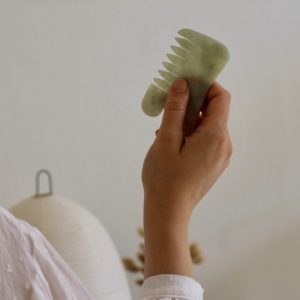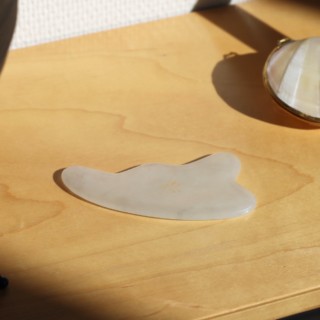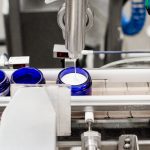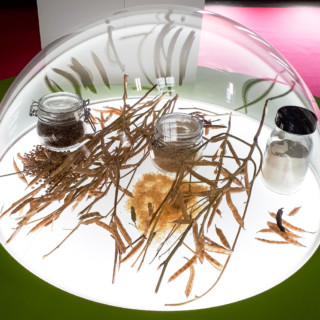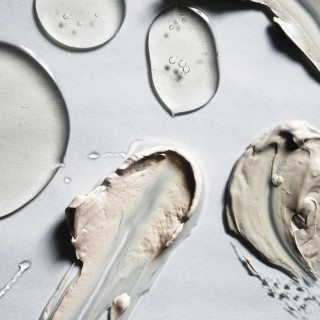Have you ever wondered how raw materials are chosen for cosmetic products? How do product managers and formulation chemists decide that a specific raw material is the next must have thing?
Following industry magazines (physical and online) and surfing UL Prospector can give a baseline for ideas. But if one really wants to dive into the fascinating world of raw materials, one must look at the international trade fairs.
Cosmetic trends often start from raw materials and work their way down to the finished products. Years before the K-beauty trend properly hit Europe, K-beauty ingredients and guideline formulations for products like essences were already abundant at trade shows. (At the end of this quest post I will shine a light on some of the new trends possibly headed our way.)
In-Cosmetics – the Queen of the Trade Shows
In-Cosmetics Global is the biggest trade show for raw materials in Europe. As such, it is the place where manufacturers launch their new raw materials. In-Cosmetics is held every spring, and the location is always a large European city. This year it was held in Paris, next year it will be in Barcelona.
When one goes to In-Cosmetics for the first time, one feels like Alice in Wonderland. Last year the show had over 800 companies presenting, and over 12 000 guests attending. The duration of the show is three days, and it is never enough time to see everything. As someone who has attended In-Cosmetics for years, I would suggest arranging meetings with suppliers beforehand, as the most interesting stands are often so busy that it is hard to get a chance to talk to technical experts.
In-Cosmetics is much more that just a raw materials trade fair. Lectures, seminars and laboratory sessions are also held each year (most of these are free, but prior registration for attendance to the show is required). The Marketing Trends lectures are the most popular ones. They often require queuing to get inside, and even then sometimes people are left out due to lack of space. The standard of the lectures is very high, and they often encompass the latest trend predictions and newest innovations of the industry.
When I attended In-Cosmetics for the first time in 2006, there was hardly any suppliers for natural cosmetics present. Now every self-respecting raw materials manufacturer has naturally certified ingredients in their portfolios, and the trade show as its own Sustainability Corner.
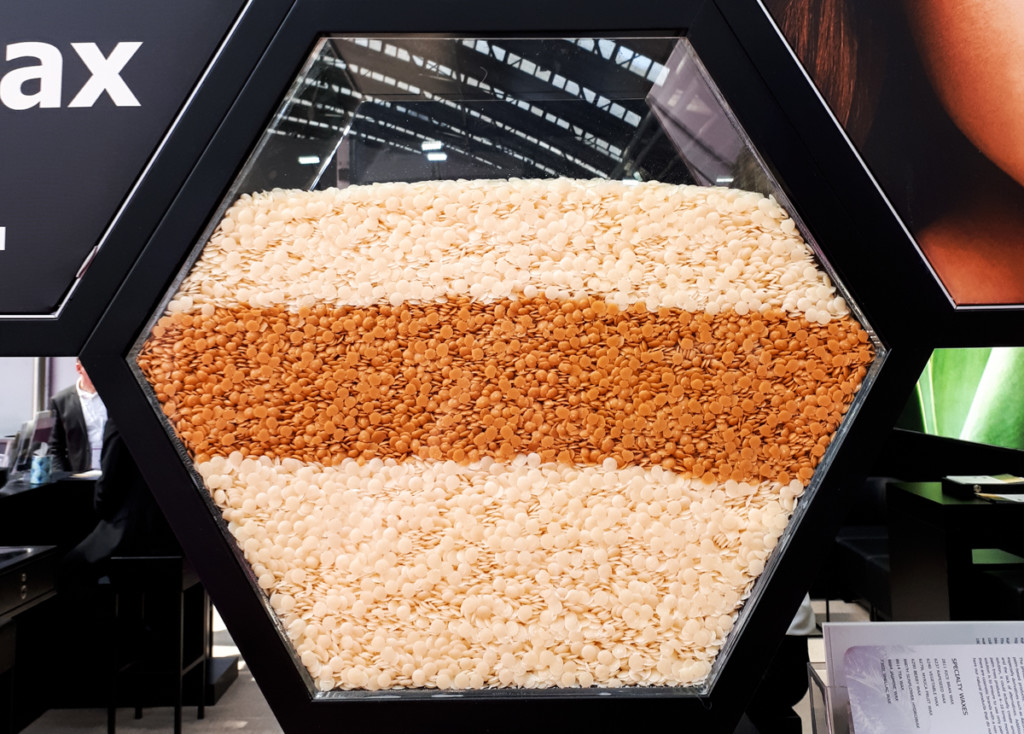
Cosmoprof – the Private Label Dream
Cosmoprof is another cosmetics trade show held annually in Bologna, but it is very different from In-Cosmetics in regards to its offering. While In-Cosmetics focuses of raw materials, Cosmoprof’s main focus is private/white label products, cosmetic packaging and production equipment.
Small brands hardly ever have their own R&D, much less their own factory. Private/white label manufacturing is a solution to this problem. This way anyone with enough money can start their own cosmetics brand. All they need to do is choose the formulations and packaging from a catalogue and start selling. (Selling private label manufactured products can be very lucrative. Despite not having an R&D department nor factory, Kylie Cosmetics has made Kylie Jenner a billionaire at the age of 21.)
Large skincare brands who want to expand in to colour cosmetics also often use private label manufacturing. The manufacturing of makeup products requires very specific machinery, and not many companies have the capacity to manufacture moisturisers, eyeshadow palettes and makeup pencils all at the same factory. Because of this many large multinational brands also become customers of private label manufacturers.
Italy is well known in the cosmetics industry for its large makeup factories and good quality products. The same factories can produce everything from face powders to nail polishes for MAC to IsaDora. With luck the only difference between these products is the packaging, name – and of course the prize. Italy also has a growing number of factories that produce certified natural cosmetics as private label products. Each year they are more of them present at Cosmoprof.
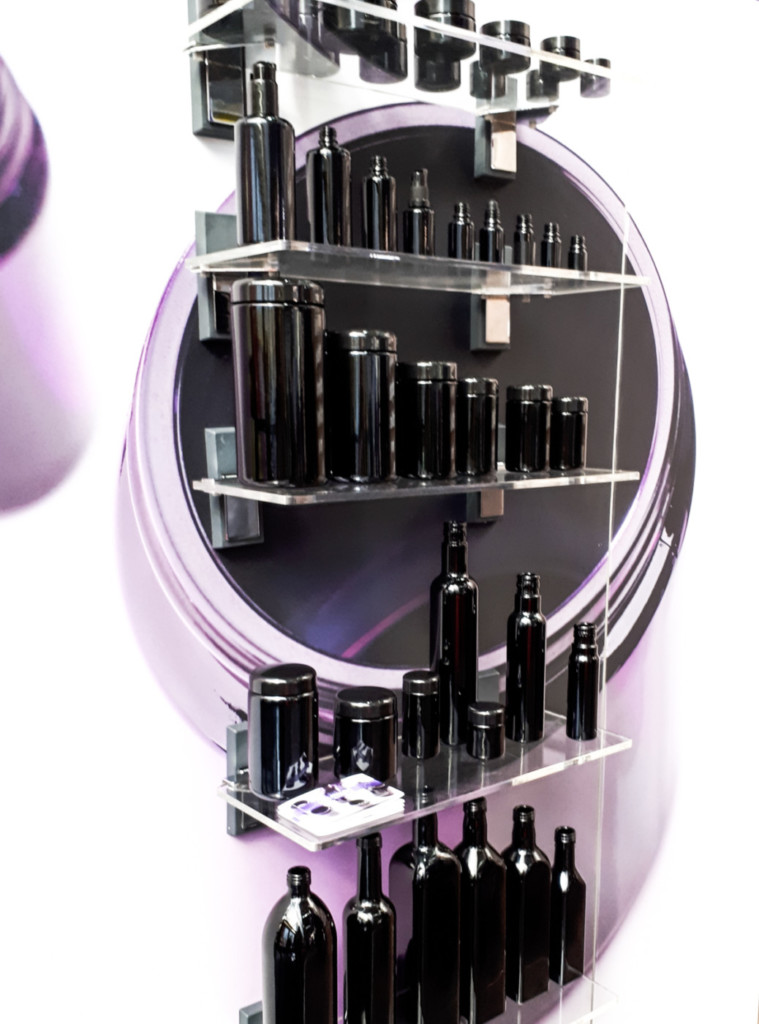
Society of Cosmetic Scientists
Because I graduated from university from the UK, I am a member of the UK SCS (I also had a summer job at the SCS Secretariat). Because the beuty industry is such a big business in the UK, the SCS is very active, and holds monthly lectures. The highlight of the year is the SCS Formulate, which is basically a smaller version of In-Cosmetics. The SCS Formulate also has lectures, and I tend to prefer it over In-Cosmetics because it is less hectic and one is able to spontaneously talk to suppliers without the need for appointments.
The SCS also holds a Naturals Conference every other year. I was there this past July, and the topics of the conference ranged from everything between the pros and cons of different natural certifications, to replacements for SLS. The speakers were mostly doctors from the industry, for example Dr. Andrea Mitarotonda (the former Head of R&D from Neal’s Yard Remedies) spoke about the challenges of natural preservation. The companies who attend the conference also give an idea about where the cosmetics industry is going. This year in attendance were formulation chemists from The Body Shop and large UK companies like Boots, Superdrug and Primark.
Scandinavian Society of Cosmetic Chemists
The Nordic countries also have their own society, SCANCOS. It is hard to compare SCANCOS to the SCS, due to the fact the the cosmetics industry is so large in the UK as opposed to here in the Nordics. SCANCOS holds a yearly conference in one of its member countries. Last year’s topic was sustainability and the conference was held in Stockholm.
International Federation of Societies of Cosmetic Chemists
The SCS and SCANCOS are both members of the IFSCC. The IFSCC hosts a large international summit every four years. The IFSCC’s website also lists all the places where it is possible to study to become a cosmetic chemist.
After the Trade Shows
The real job of a cosmetic chemist begins after the trade shows and conferences. Once the trade fairs and lectures are over and done with, it is time to anticipate the arrival of mail. Raw materials manufacturers will send free R&D samples of raw materials by request. Obviously one must test the raw materials in one’s formulations before making the decision to order tens or thousands of kilos of a new ingredient!
Raw materials manufacturers also have their own laboratories where their own chemists create sample formulations for their raw materials. These sample formulations are an excellent aide for formulating, but there are also many companies that only slightly modify the sample formulation, and use it as it is to manufacture finished products for sale. This is a easy and cheap way to get new products out as fast as possible, since the sample formulations have almost always been stability tested already.
Finnish raw materials
The global raw materials business is large and profitable, yet there aren’t many Finnish raw materials manufacturers. For example there are companies that grow their oats in Finland, but the finished raw material is processed somewhere else and by a non-Finnish company.
Plant oils and plant extracts are manufactured here in Finland, but as far as I am aware, no one here manufactures emulsifiers, preservatives or thickeners. It would be great if more cosmetic raw were available from Finnish manufacturers.
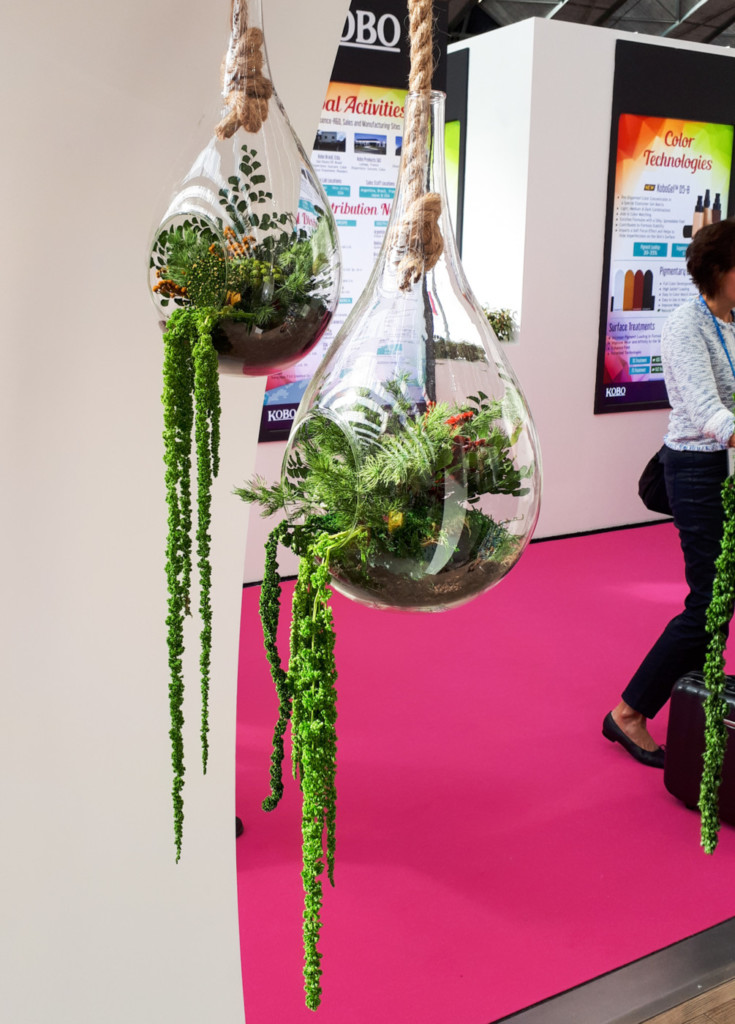
Trade Name vs. INCI
When raw materials are sold to us who work in R&D, they are hardly ever sold by their INCI names. Instead the marketing departments of raw materials manufacturers come up with descriptive and more ”commercial” names for them.
One trend that has emerged in recent years is the divulging of these trade names in finished products. A while back it would have been unthinkable to give out such trade secrets! For example, Urban Decay’s Quick Fix is said to contain Sepitonic 3M (INCI: Magnesium Aspartate, Zinc Gluconate, Copper Gluconate), a raw material that is manufactured by Seppic.
The Ordinary have taken the naming of raw materials to the next level, as they even mention the active ingredient and presentage in the product name. Granactive Retinoid 2% in Squalane contains 2% of Grant’s Granactive Retinoid (INCI: Dimethyl Isosorbide, Hydroxypinacolone Retinoate).
I am yet to come accross a similar level of transperancy in a natural cosmetics product, but I believe it is only a matter of time before someone declares the trade name of their hero ingredient proudly on the label.
Future Trends
The skin benefits of naturally derived raw materials have clearly been noticed by non-natural companies as well. For example there are a number of brands and cosmetic ranges on the market that use Cica (Cica = Centella asiatICA) in products where the base is very far from natural. (Ingredients that are derived from Centella asiatica, aka tiger grass, include Asiaticoside, Asiatic Acid, Centella Asiatica Leaf Extract, Madecassic Acid and Madecassoside.)
The mixing of natural with non-natural is only likely to increase in the future. A large number of the new raw material launches at In-Cosmetics are of natural origin, but the end products they will be used in will likely not be natural cosmetics.
Another upcoming trend is the minimalisation of the skincare routine. Many of the model formulations at recent trade shows have been multi-tasking, 2-in-1 or 3-in1 products. The multi-step skincare routine is likely to be streamlined and simplified, and the numbers of jars in bathrooms will likely decrease.
In the aftermath of K-beauty, J-beauty (J for Japan) and C-beauty (C for China) can also be seen emerging. It is possible that in a few years one of these is the biggest thing on the market.
